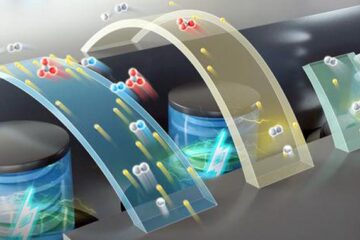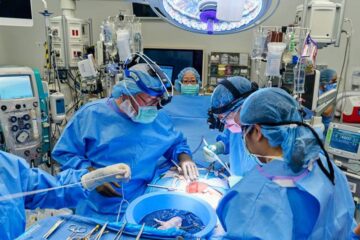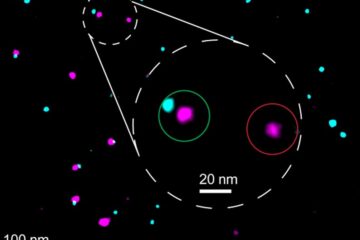Brain stem cells against cancer?

But research at Lund University in Sweden provides hope that it may be possible in the future to develop stem cells from the brain into a new way to treat gliomas.
Neural stem cells have been shown to have the ability to recognize signals from tumor cells in the brain and migrate there. If stem cells are injected into a part of the brain in laboratory animals with a glioma in another part of their brain, the stem cells migrate over to the tumor area.
This has spawned the idea of having stem cells transport drugs or immune stimulants to the tumor. This was the principle the Lund scientists wanted to test. But as it turned out, no extra assistance was needed: the stem cells themselves had the ability to combat the tumor.
“We were truly amazed when we saw this effect! To be sure about the phenomenon, we ran several experiments with other stem cells, and it was confirmed that certain neural stem cells actually have an anti-tumor effect,” says Karin Staflin. She is describing the findings in her dissertation, which she will soon defend.
It is as yet unknown just why this happens. One plausible reason is that both normal neural stem cells and glioma cells are immature, not fully mature cells. They are therefore more like each other than any other types of cells in the brain, which may enable them to 'speak' to each other and influence each other. The research team at Lund has also shown that stem cells can cure colon cancer in lab animals.
“Cells in aggressive malignant cancer forms are often characterized as being more immature than their environment. This may be what enables neural stem cells to affect intestinal cancer cells,” says Karin Staflin.
Many years of research remain before the newly discovered principle is ready to be tested on humans. First, researchers need to learn to understand the mechanisms better and identify the factors in neural cells which make them so effective. The notion is still new, but it does provide a glimmer of hope for a cure for a thus far incurable disease.
The dissertation is titled Neural progenitor cells in malignancy and injury of the brain: A Trojan horse for gliomas? Karin Staflin can be reached at phone: +46 46-222 05 28 or cell phone: +46 70-570 05 81, e-mail: karin.staflin@med.lu.se
Media Contact
All latest news from the category: Life Sciences and Chemistry
Articles and reports from the Life Sciences and chemistry area deal with applied and basic research into modern biology, chemistry and human medicine.
Valuable information can be found on a range of life sciences fields including bacteriology, biochemistry, bionics, bioinformatics, biophysics, biotechnology, genetics, geobotany, human biology, marine biology, microbiology, molecular biology, cellular biology, zoology, bioinorganic chemistry, microchemistry and environmental chemistry.
Newest articles

High-energy-density aqueous battery based on halogen multi-electron transfer
Traditional non-aqueous lithium-ion batteries have a high energy density, but their safety is compromised due to the flammable organic electrolytes they utilize. Aqueous batteries use water as the solvent for…

First-ever combined heart pump and pig kidney transplant
…gives new hope to patient with terminal illness. Surgeons at NYU Langone Health performed the first-ever combined mechanical heart pump and gene-edited pig kidney transplant surgery in a 54-year-old woman…

Biophysics: Testing how well biomarkers work
LMU researchers have developed a method to determine how reliably target proteins can be labeled using super-resolution fluorescence microscopy. Modern microscopy techniques make it possible to examine the inner workings…





















